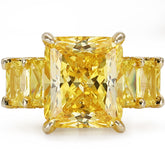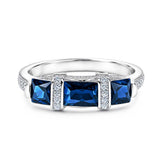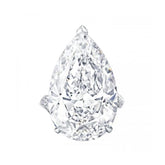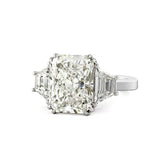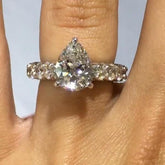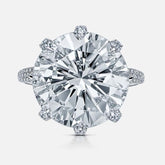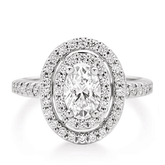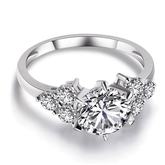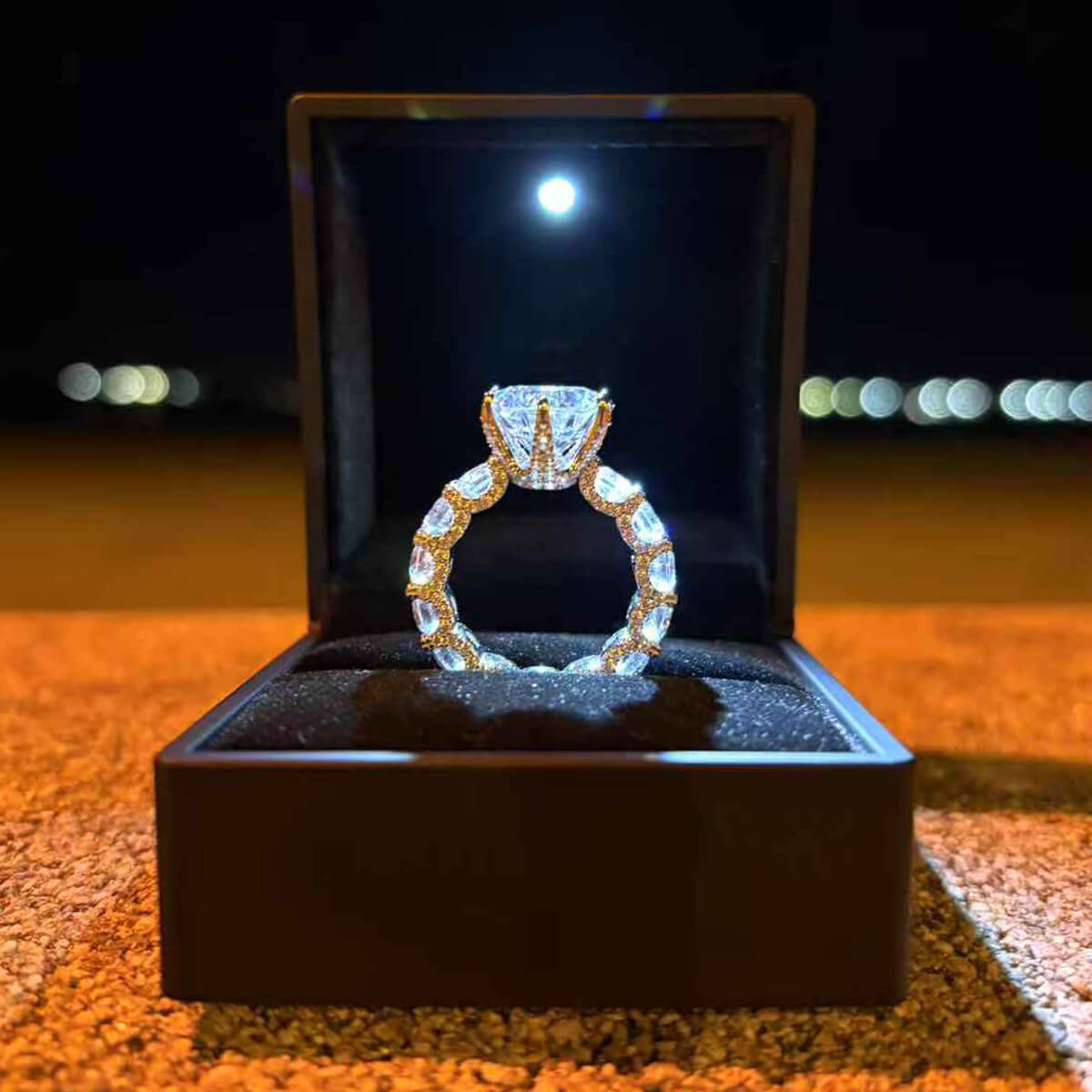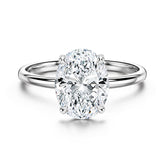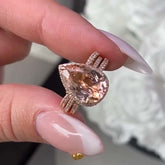The Engagement Rings Scam How to Get a Stunning Ring Without the Ridiculous Markup

When it comes to engagement rings, the pressure to spend a fortune is overwhelming. You've probably heard that you should spend three months' salary on a ring, but is that really necessary? The truth is, the engagement ring industry has long been shrouded in myths and misleading marketing tactics. In this article, we'll explore the reality of engagement ring pricing and provide tips on how to get a stunning ring without breaking the bank.
How Much Should You Really Spend on an Engagement Ring?
The idea that you should spend a significant portion of your annual income on an engagement ring is a marketing ploy that dates back to the 1930s. The "three months' salary" rule was invented by the diamond company De Beers to boost sales during the Great Depression. While it may have worked for them, it's not a rule that you need to follow.
Understanding Your Budget
Before you even start shopping for an engagement ring, it's crucial to set a realistic budget. Consider your financial situation and future financial goals. Remember, an engagement ring is a symbol of your love and commitment, not a measure of your financial worth.
The Real Cost of Engagement Rings
According to a 2020 survey by The Knot, the average cost of an engagement ring in the United States is around $5,500. However, this is just an average, and prices can vary widely based on factors such as the type of metal, the size, and quality of the gemstone, and where you purchase it.
Lab Grown Diamonds vs. Real Diamonds

When shopping for a ring, one of the biggest decisions you'll face is whether to buy a natural diamond or a lab-grown one. Both have their pros and cons, and the choice ultimately depends on your personal preferences and values.
Lab Grown Diamonds: Pros and Cons
Pros:
- Cost-Effective: Lab-grown diamonds are typically 20-40% cheaper than natural diamonds. This means you can get a larger or higher-quality stone for the same price.
- Ethically Sourced: Because they are created in controlled environments, lab-grown diamonds don't have the ethical concerns associated with diamond mining.
- Environmentally Friendly: The production of lab-grown diamonds has a significantly lower environmental impact compared to traditional mining.
Cons:
- Perceived Value: Some people still value natural diamonds more highly because they are considered "real" or "authentic."
- Resale Value: Natural diamonds tend to hold their value better over time compared to lab-grown ones.
Real Diamonds: Pros and Cons
Pros:
- Tradition: Natural diamonds have a long history and are often seen as the traditional choice for engagement rings.
- Resale Value: Generally, natural diamonds have a higher resale value.
Cons:
- Cost: Natural diamonds are generally more expensive than lab-grown alternatives.
- Ethical Concerns: Diamond mining can have significant social and environmental impacts.
Moissanite Engagement Rings: Pros and Cons
If you're considering alternatives to diamonds, moissanite is an excellent option. It's a gemstone that closely resembles a diamond but comes at a fraction of the cost.
Moissanite: Pros and Cons
Pros:
- Affordability: Moissanite is much cheaper than diamonds, making it an excellent option for budget-conscious buyers.
- Durability: On the Mohs scale of hardness, moissanite scores a 9.25, making it extremely durable and suitable for everyday wear.
- Brilliance: Moissanite has a higher refractive index than diamonds, meaning it reflects more light and appears more brilliant.
Cons:
- Appearance: While moissanite looks similar to diamonds, it has a slightly different sparkle due to its higher refractive index. Some people can distinguish the two.
- Perceived Value: Like lab-grown diamonds, moissanite doesn't carry the same traditional prestige as natural diamonds.
Tips for Buying a Stunning Ring Without the Markup
Shop Online
Online retailers often offer better prices than brick-and-mortar stores due to lower overhead costs. Websites like Blue Nile, James Allen, and Brilliant Earth have extensive collections and allow you to customize your ring.
Consider Alternative Gemstones
Aside from moissanite, consider gemstones like sapphires, rubies, or emeralds for a unique and beautiful engagement ring. These stones offer variety in color and can often be more affordable than diamonds.
Focus on the 4 Cs
When choosing a diamond, focus on the 4 Cs: Carat, Cut, Clarity, and Color. You can prioritize certain aspects over others depending on your budget. For instance, a well-cut diamond will appear more brilliant even if it's not the largest carat.
Buy Pre-Owned
Consider purchasing a pre-owned ring. Estate sales, auctions, and consignment stores can offer beautiful rings at a fraction of the retail price.
Get a Custom Design
Sometimes, working with a jeweler to create a custom design can offer better value than purchasing a pre-made ring. You'll have the opportunity to choose your materials and design, ensuring you get exactly what you want.
Conclusion
The engagement ring industry is rife with myths and inflated prices, but with a little research and consideration, you can find a stunning ring that doesn't cost the earth. Whether you choose a lab-grown diamond, moissanite, or another gemstone, remember that the true value of an engagement ring lies in the love and commitment it represents—not its price tag. Happy shopping!
